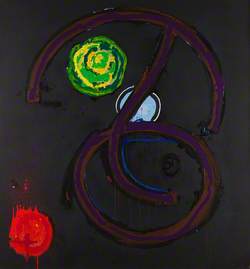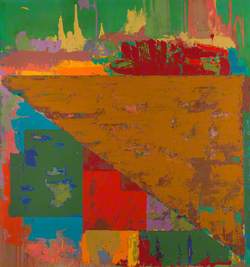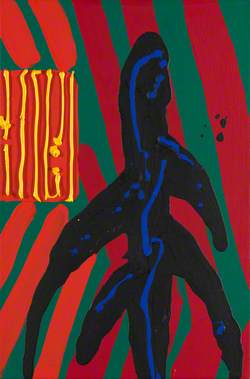How you can use this image
This image can be used for non-commercial research or private study purposes, and other UK exceptions to copyright permitted to users based in the United Kingdom under the Copyright, Designs and Patents Act 1988, as amended and revised. Any other type of use will need to be cleared with the rights holder(s).
Review the copyright credit lines that are located underneath the image, as these indicate who manages the copyright (©) within the artwork, and the photographic rights within the image.
The collection that owns the artwork may have more information on their own website about permitted uses and image licensing options.
Review our guidance pages which explain how you can reuse images, how to credit an image and how to find images in the public domain or with a Creative Commons licence available.
Notes
Add or edit a note on this artwork that only you can see. You can find notes again by going to the ‘Notes’ section of your account.
Heavily influenced by the exhibition of new American painting in London in the late 1950s, John Hoyland soon established himself as one of Britain’s most prominent abstract painters. Among the first British painters to use acrylic paint, following its arrival on the market in the 1960s, his work is typified by its vibrant, often luminous, colors and, especially toward the end of his career, energetic handling of paint. Hoyland’s stated influences were wide-ranging, from the paintings of J. M. W. Turner and John Constable to the culture of the Caribbean, jazz music to snorkeling, and poetry to pottery. Above all, he wished his art to appeal to the viewer’s senses without the national limitations inherent in speech or text. He strived to make paintings that 'could cross social, linguistic and cultural barriers in the way that music does.
Title
Devilaya 28.12.77
Date
1977
Medium
acrylic on cotton duck
Measurements
H 243.8 x W 228.6 cm
Accession number
B2012.29.2
Acquisition method
gift of Samuel and Gabrielle Lurie
Work type
Painting








